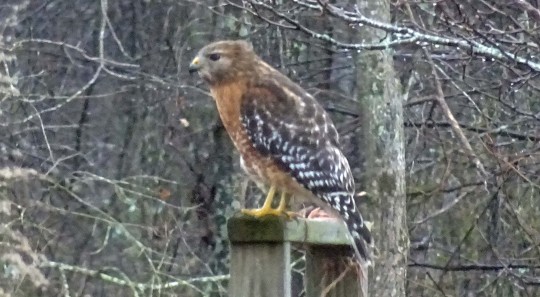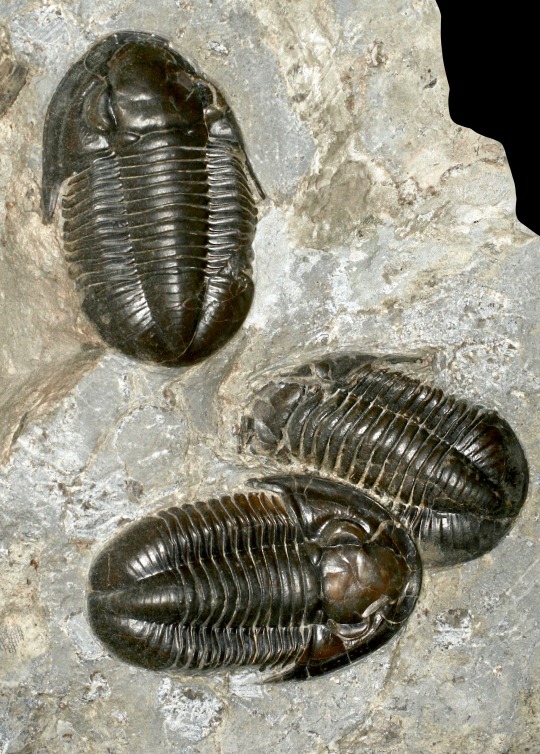Text
it's me boy, the medieval scribe speaking to you inside your brain. listen to me boy. draw in the margins of your notes instead of paying attention
48K notes
·
View notes
Text

It’s Groundhog Day! Today, everyone closely watched as these stout members of the squirrel family (unscientifically) predicted an early spring. The Groundhog Diorama in the Museum’s Hall of North American Mammals depicts a groundhog emerging from its burrow to graze on red clover, one of its favorite foods. Groundhogs, also known as woodchucks, spend much of their lives underground—their burrows can have passageways stretching 40 feet (12 meters) or more!
See this diorama up close in the Museum’s Hall of North American Mammals. We’re open daily from 10 am-5:30 pm! Plan your visit.
Photo: D. Finnin/© AMNH
202 notes
·
View notes
Text

Amboy Crater, Amboy, California (October 2023).
82 notes
·
View notes
Video
[video description: a man playing saxophone in front of a large pipe. everything he plays echoes back through the pipe, resulting in a call-and-response type song. the person behind the camera claps along to the beat. end description.]
247K notes
·
View notes
Text

Red-shouldered Hawk
It had just flown up to this perch from the ground. Something looking suspiciously like a rodent tail under its left talon.
Photo taken through a glass window and screen.
0 notes
Text

It’s Fossil Friday! Let’s swim back in time about 85 million years to the Late Cretaceous Period to meet Xiphactinus, a gigantic predatory fish. This species could reach lengths of 17 ft (5.2 m) and was capable of swallowing a 6-ft- (2-m-) long fish whole!
The Museum’s Xiphactinus fossils come from Logan County, Kansas, which is home to 70-ft- (21.3 m-) tall sedimentary formations. Though that might not sound like an ideal home for an ocean-dweller, the entire area was covered by a vast inland sea during the Cretaceous.
Photo: Image no. ptc-6634 © AMNH (circa 1996)
804 notes
·
View notes
Text

It's time for Trilobite Tuesday. The fossilized remains of smooth-shelled Dechenella trilobites, which could grow up to 2 in (5.08 cm) long, are found throughout the Devonian outcrops of New York State. Specimens are often unearthed in clusters, displaying the sociable behavior exhibited by some trilobite species.
414 notes
·
View notes
Text

Imagine a pinecone as heavy as a bowling ball and the size of a chihuahua. Believe it or not, such pinecones exist—and they belong to the coulter pine (Pinus coulteri), a conifer that can be found in parts of North America including California and Mexico. Infamous among loggers and foresters, this tree is nicknamed "the widowmaker" because of the unlucky individuals who met their fate as a result of its falling pinecones. This species produces the largest pinecones on the planet, weighing up to 11 lbs (5 kg)!
Photo: damontighe, CC BY-NC 4.0, iNaturalist
4K notes
·
View notes
Text

On the way to the feed and grain store, we saw a goat with its head stuck in a wire fence. (I've seen them tear up their necks this way.)
On the trip back with a load of hay, it was still there, still stuck. We stopped, and tried to figure out where the owner was.
Then it saw the hay, thought it was going to get fed, turned its head sideways, pulled it out, and ran over to the truck.
"Stubborn, but not stupid."
2 notes
·
View notes






